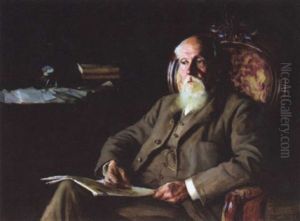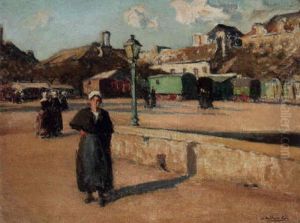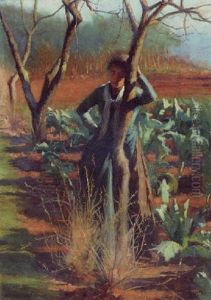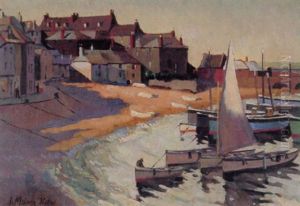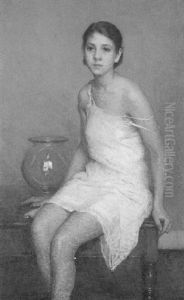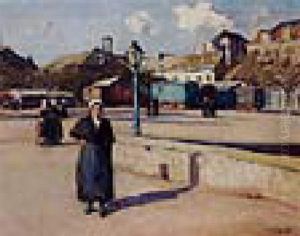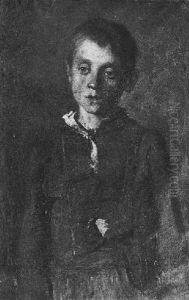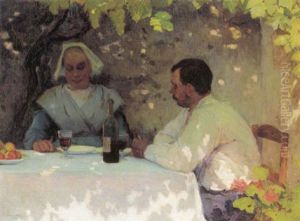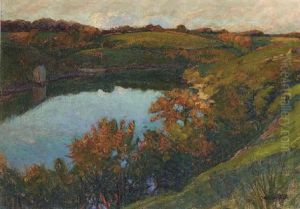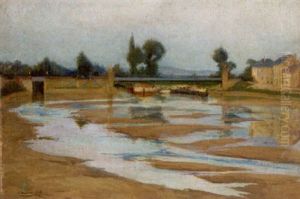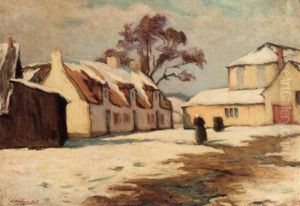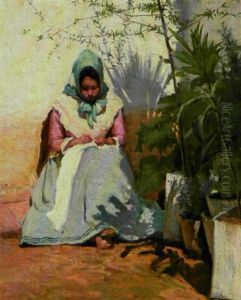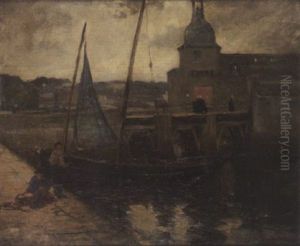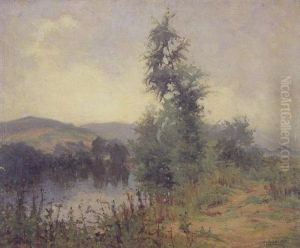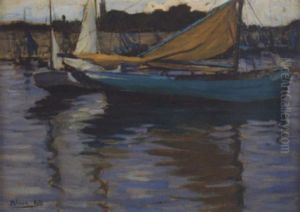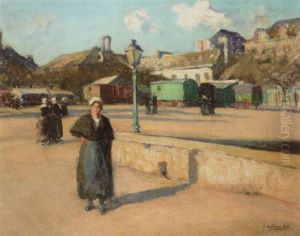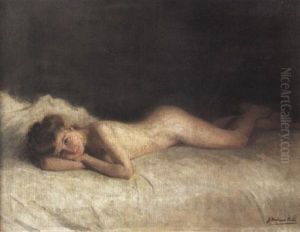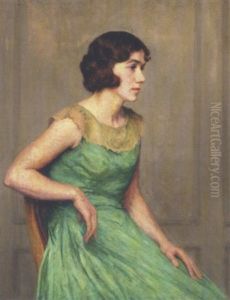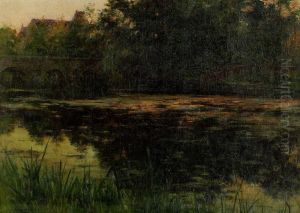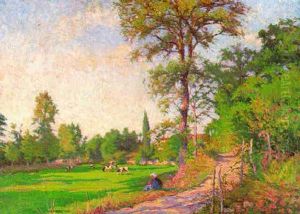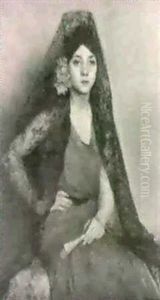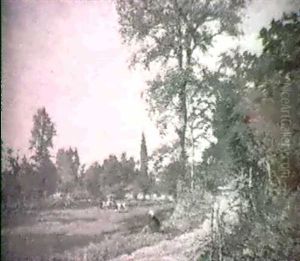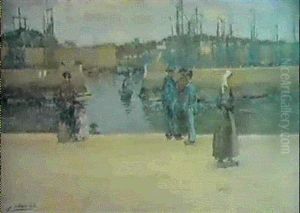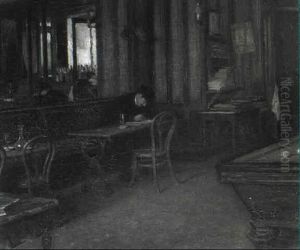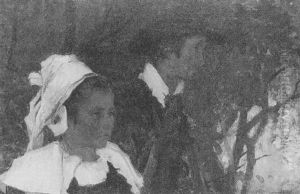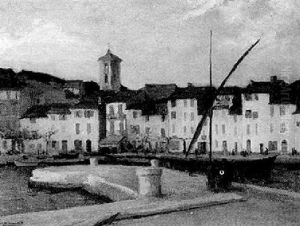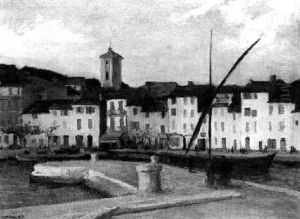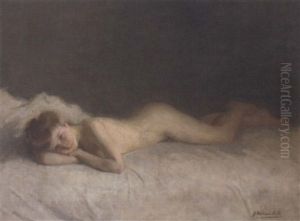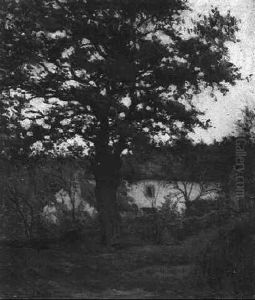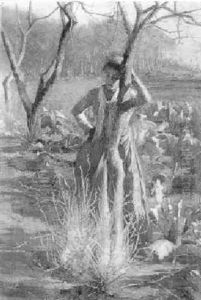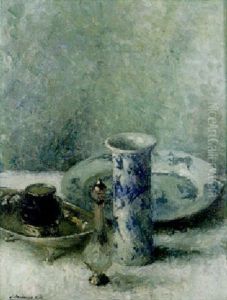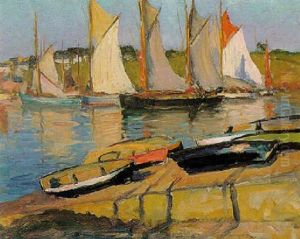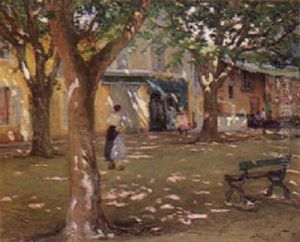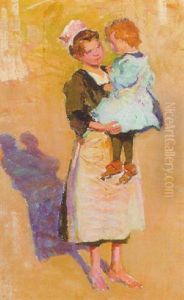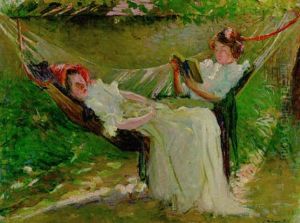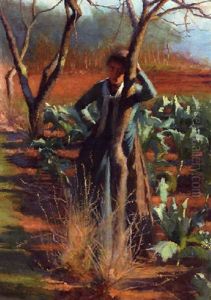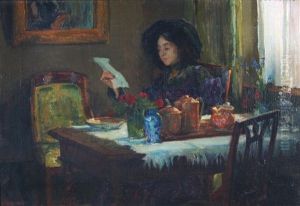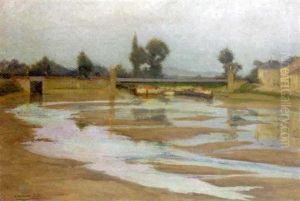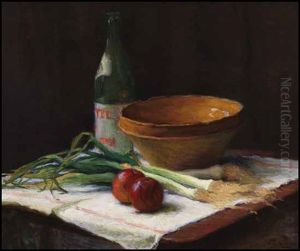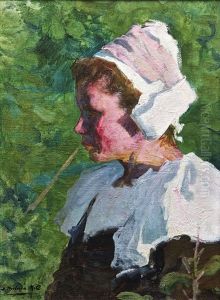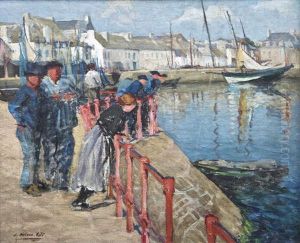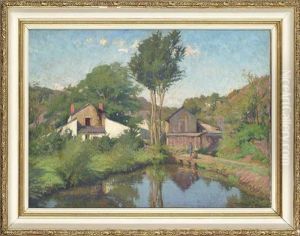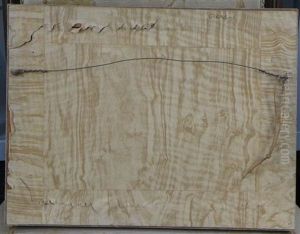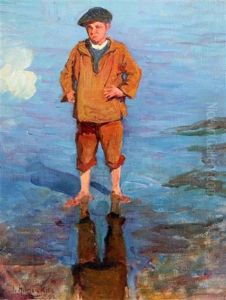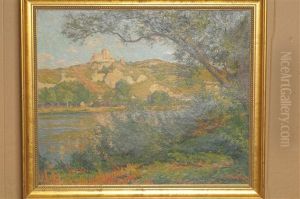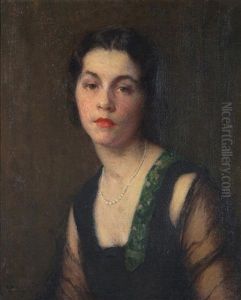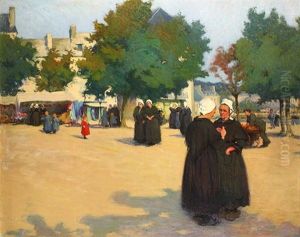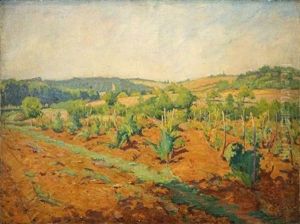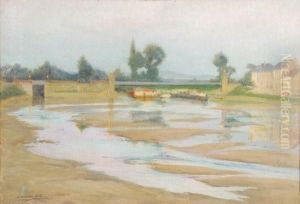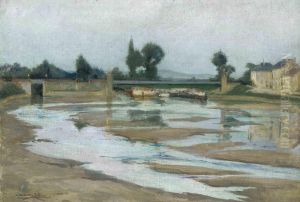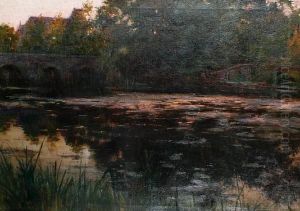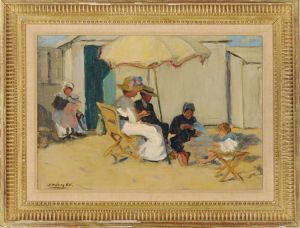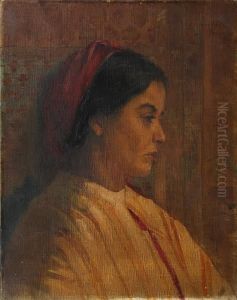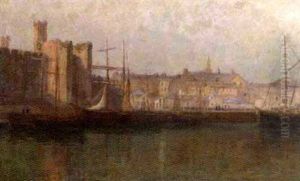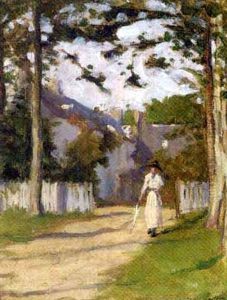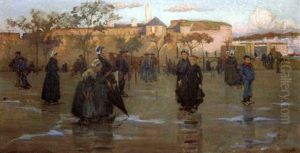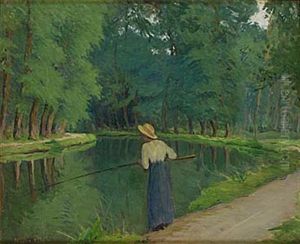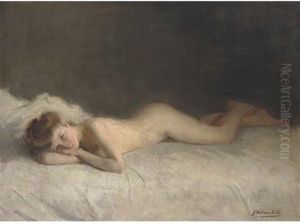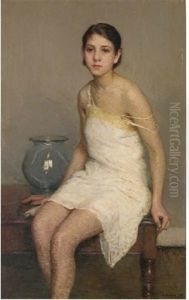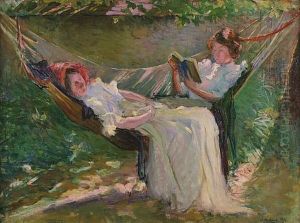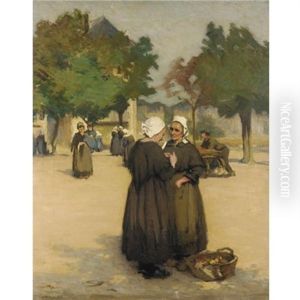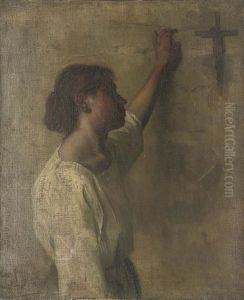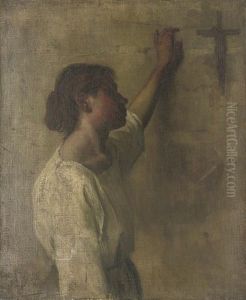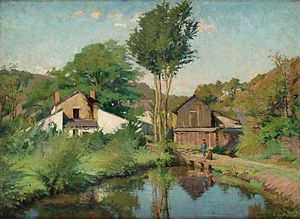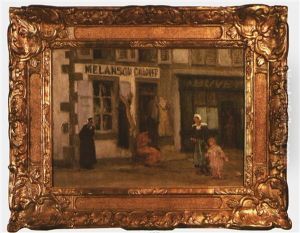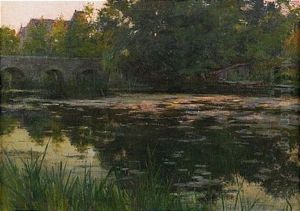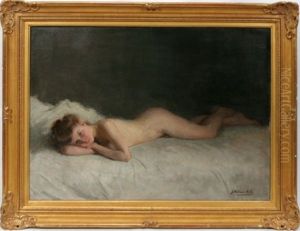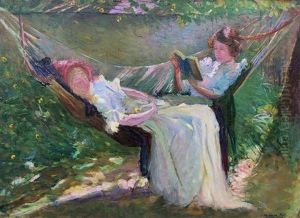Joseph Milner Kite Paintings
Joseph Milner Kite was an English artist born in 1862, whose work spanned the latter part of the 19th century and the first half of the 20th century. Although not as widely recognized as some of his contemporaries, Kite developed a unique style that blended elements of the Victorian era with the emerging modernist trends of the early 20th century. His artistic journey reflects a period of transition in the art world, making his body of work a fascinating subject for study in the context of art history.
Kite's early life was spent in an environment that fostered his artistic talents. He received his initial art education in London, a hub for artists and intellectuals during the Victorian era. This period was marked by a rich diversity of artistic expressions, ranging from the Pre-Raphaelite Brotherhood's detailed and colorful works to the more somber and realist paintings depicting the social conditions of the time. Kite absorbed these influences, which would later manifest in his eclectic style.
Throughout his career, Joseph Milner Kite experimented with various mediums and subjects, including landscapes, portraits, and genre scenes. His landscapes often capture the serene beauty of the English countryside, executed with a precision and attention to detail that reveals his deep connection to his surroundings. His portraits, on the other hand, showcase a keen insight into the human character, often portraying his subjects with an intimate realism that reveals their inner lives.
Despite his talents, Kite's work was overshadowed by the dramatic changes taking place in the art world during his lifetime. The rise of modernism and the avant-garde movements such as Impressionism, Post-Impressionism, and eventually Cubism and Expressionism, shifted the focus of the art world away from the styles that Kite embraced. However, his work remained respected among his peers and collectors who appreciated the quiet beauty and technical skill of his paintings.
Joseph Milner Kite passed away in 1946, leaving behind a legacy that, while not as celebrated as that of some of his contemporaries, offers a unique window into the transition from Victorian to modern art. Today, his works are studied for their historical value and their place in the narrative of British art, offering insights into an artist who navigated the changing tides of artistic expression with a steadfast dedication to his own vision.
